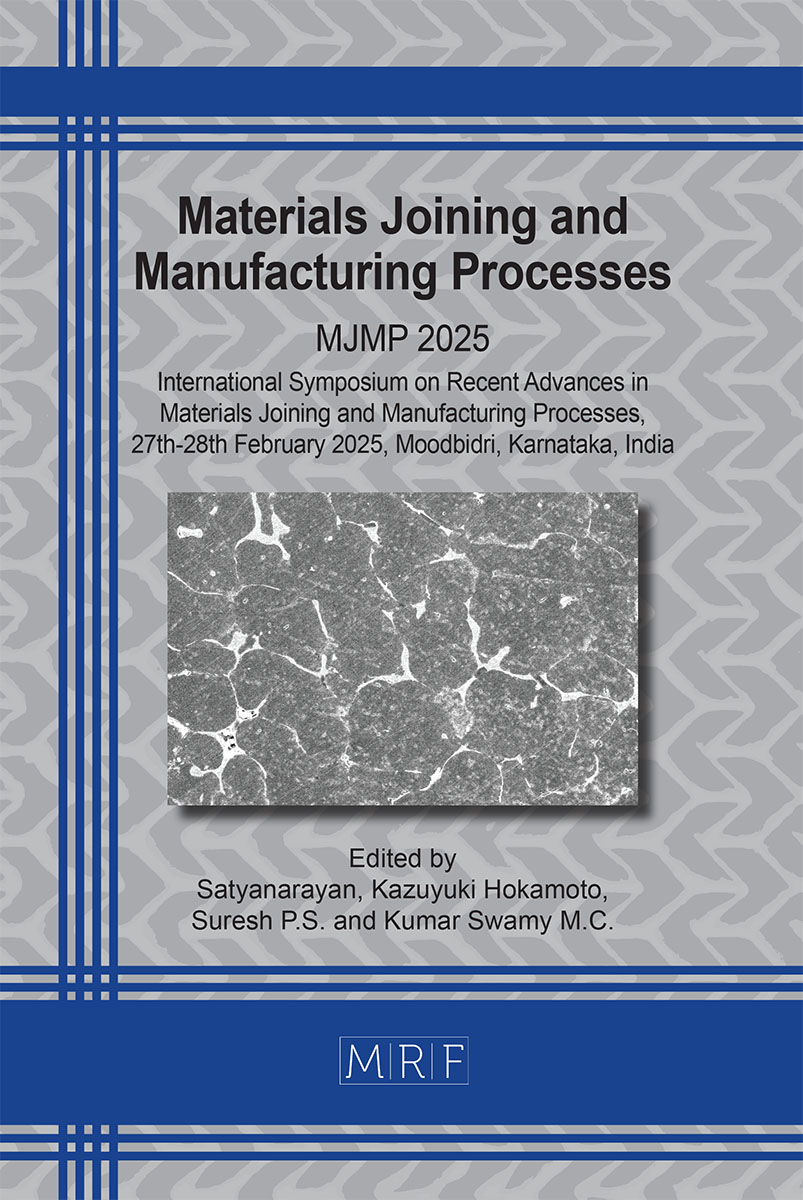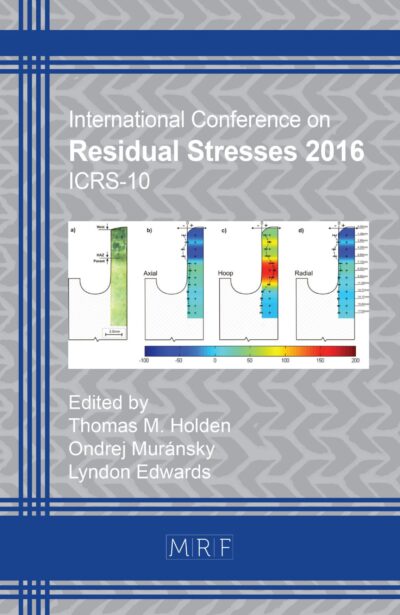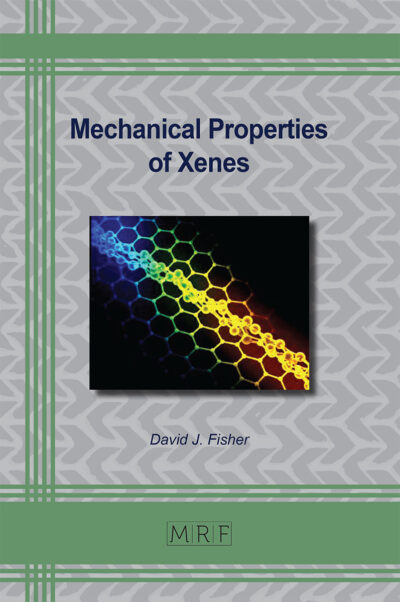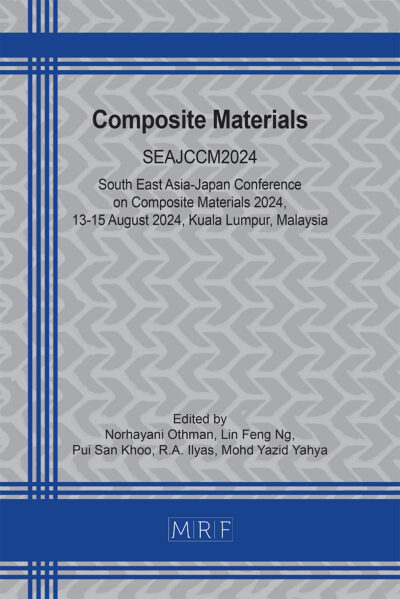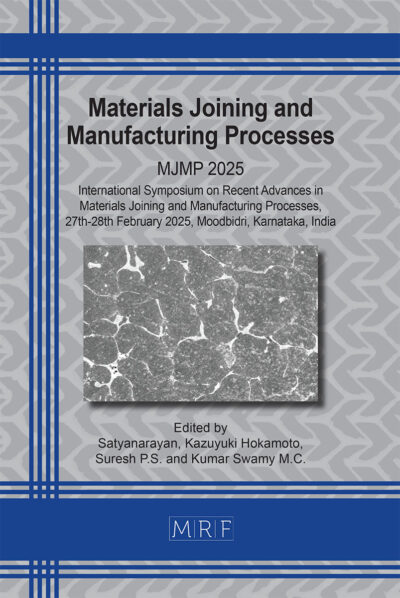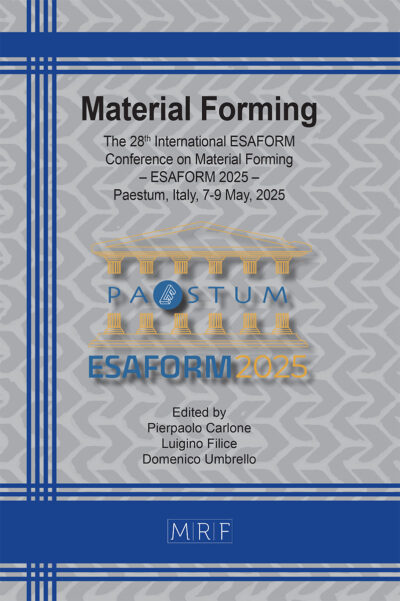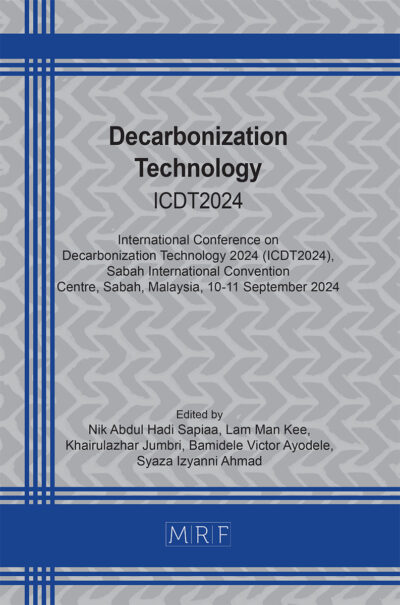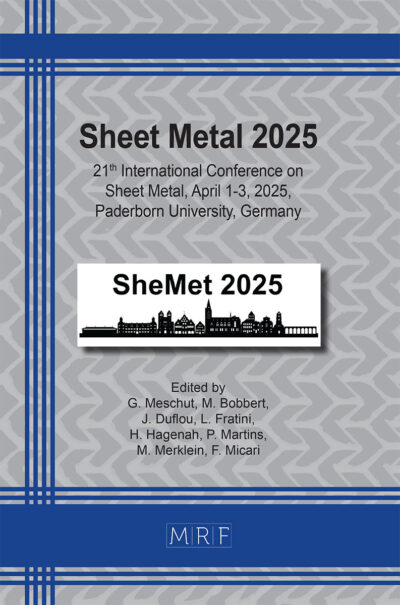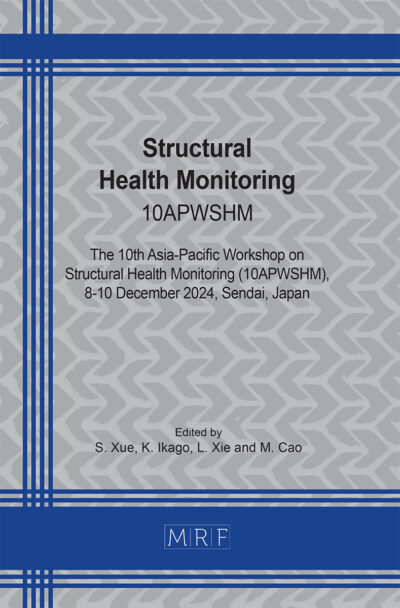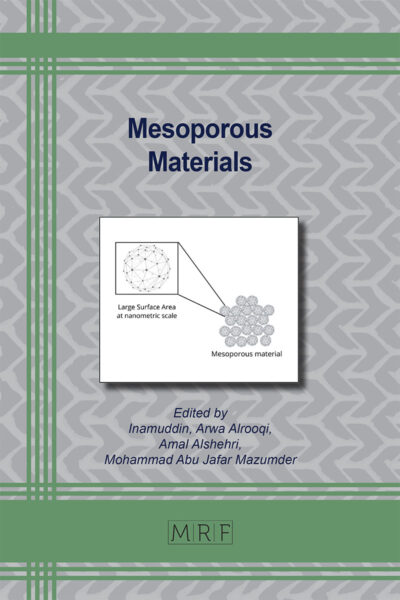Thermal spray coatings in industrial boiler environments: A review
Jayson Anil Pinto, K. Narayan Prabhu
Abstract. Fired Boilers are integral parts of modern Petroleum Refineries and Thermal Power Plants where their reliability directly impacts both the productivity and financial performance. The pressurized components of these boilers are susceptible to various corrosion mechanisms, which can affect the reliability of the boilers. Over the years, a range of corrosion mitigation strategies have been explored and implemented across the industry, yielding varying levels of success. Based on extensive research and field trials, thermal spray coatings have emerged as a promising solution, offering cost-effective corrosion protection. This paper offers a comprehensive overview of thermal spray coatings as an effective strategy for corrosion prevention in industrial boiler environments. Thermal conductivity considerations in the selection of coating materials is highlighted.
Keywords
Fired Boilers, Corrosion, Thermal Spray Coating
Published online 6/1/2025, 7 pages
Copyright © 2025 by the author(s)
Published under license by Materials Research Forum LLC., Millersville PA, USA
Citation: Jayson Anil Pinto, K. Narayan Prabhu, Thermal spray coatings in industrial boiler environments: A review, Materials Research Proceedings, Vol. 55, pp 141-147, 2025
DOI: https://doi.org/10.21741/9781644903612-21
The article was published as article 21 of the book Materials Joining and Manufacturing Processes
![]() Content from this work may be used under the terms of the Creative Commons Attribution 3.0 license. Any further distribution of this work must maintain attribution to the author(s) and the title of the work, journal citation and DOI.
Content from this work may be used under the terms of the Creative Commons Attribution 3.0 license. Any further distribution of this work must maintain attribution to the author(s) and the title of the work, journal citation and DOI.
References
[1] D. Dhand, P. Kumar, and J. S. Grewal, A review of thermal spray coatings for protection of steels from degradation in coal fired power plants, Cor. Rev. 39 (2021) 243-268. https://doi.org/10.1515/corrrev-2020-0043
[2] E. Kakaras, Current situation of coal fired power plants in Russian Federation and the implementation options of clean coal technologies, Proceedings of the 5th European Conference on Coal Research & Its Applications, Edinburgh, UK, (2004).
[3] B. A. Pint, High-temperature corrosion in fossil fuel power generation: present and future, JOM 65 (2013) 1024-1032. https://doi.org/10.1007/s11837-013-0642-z
[4] E. Sadeghi, N. Markocsan, and S. Joshi, Advances in corrosion-resistant thermal spray coatings for renewable energy power plants. Part I: Effect of composition and microstructure, J. Ther. Spr. Tech. 28 (2019) 1749-1788. https://doi.org/10.1007/s11666-019-00938-1
[5] S. Kuroda, J. Kawakita, M. Watanabe, and H. Katanoda, Warm spraying – A novel coating process based on high-velocity impact of solid particles, Sci. Tech. Adv. Mat. 9(3) (2008). https://doi.org/10.1088/1468-6996/9/3/033002
[6] A. Zahs, M. Spiegel, and H. J. Grabke, The influence of alloying elements on the chlorine-induced high temperature corrosion of Fe-Cr alloys in oxidizing atmospheres, Mat. & Corr. 50 (1999) 561-578. https://doi.org/10.1002/(SICI)1521-4176(199910)50:10<561::AID-MACO561>3.0.CO;2-L
[7] N. Israelsson, High Temperature Oxidation and Chlorination of FeCrAl Alloys, Doctoral Thesis, Chalmers University of Technology, (2014).
[8] H. J. Grabke, M. Spiegel, and A. Zahs, Role of alloying elements and carbides in the chlorine-induced corrosion of steels and alloys, Mat. Res. 7(1) (2004) 89-95. https://doi.org/10.1590/S1516-14392004000100013
[9] P. Viklund, High Temperature Corrosion during Waste Incineration Characterization, Causes and Prevention of Chlorine-Induced Corrosion, Licentiate Thesis, KTH Royal Institute of Technology, (2011).
[10] M. Buchtík et al., Influence of laser remelting on the microstructure and corrosion behavior of HVOF-sprayed Fe-based coatings on magnesium alloy, Mat. Char. 194 (2022) 112343. https://doi.org/10.1016/j.matchar.2022.112343
[11] J. A. Morales, O. Piamba, J. Olaya, and F. Vallejo, Effect of heat treatment on the electrochemical and tribological properties of aluminum-bronze coatings deposited using the thermal spraying process, Coat. 14 (4) (2024). https://doi.org/10.3390/coatings14040423
[12] Y. Tan, J. P. Longtin, and S. Sampath, Modeling thermal conductivity of thermal spray coatings: comparing predictions to experiments, J. Ther. Spr. Tech. 15 (2006) 545-552. https://doi.org/10.1361/105996306X147216
[13] I. Sevostianov and M. Kachanov, Anisotropic thermal conductivities of plasma-sprayed thermal barrier coatings in relation to the microstructure, J. Ther. Spr. Tech. 9 (2000) 478-482. https://doi.org/10.1007/BF02608549
[14] R. McPherson, A model for the thermal-conductivity of plasma-sprayed ceramic coatings, Thin Sol. Fil. (1984) 89-95. https://doi.org/10.1016/0040-6090(84)90506-6
[15] S. Sampath, X. Y. Jiang, J. Matejicek, A. C. Leger, and A. Vardelle, Substrate temperature effects on splat formation, microstructure development and properties of plasma sprayed coatings: Part I. Case study for Zirconia, Mat. Sci. Eng. A (1999) 181-188. https://doi.org/10.1016/S0921-5093(99)00459-1
[16] J. F. Lagerdrost and K. E. Wilkes, Thermophysical properties of plasma sprayed coatings CR-121144, Nat. Aer. & Spa. Adm. (NASA) (1973).
[17] L. Pawlowski and P. Fauchais, Thermal transport properties of thermally sprayed coatings, Int. Mat. Rev. 37 (1) (1992) 271-290. https://doi.org/10.1179/imr.1992.37.1.271
[18] K. W. Schlichting, N. P. Padture, and P. G. Klemens, Thermal conductivity of dense and porous Yttria stabilized Zirconia, J. Mat. Sci. 36 (2001) 3003-3010. https://doi.org/10.1023/A:1017970924312

